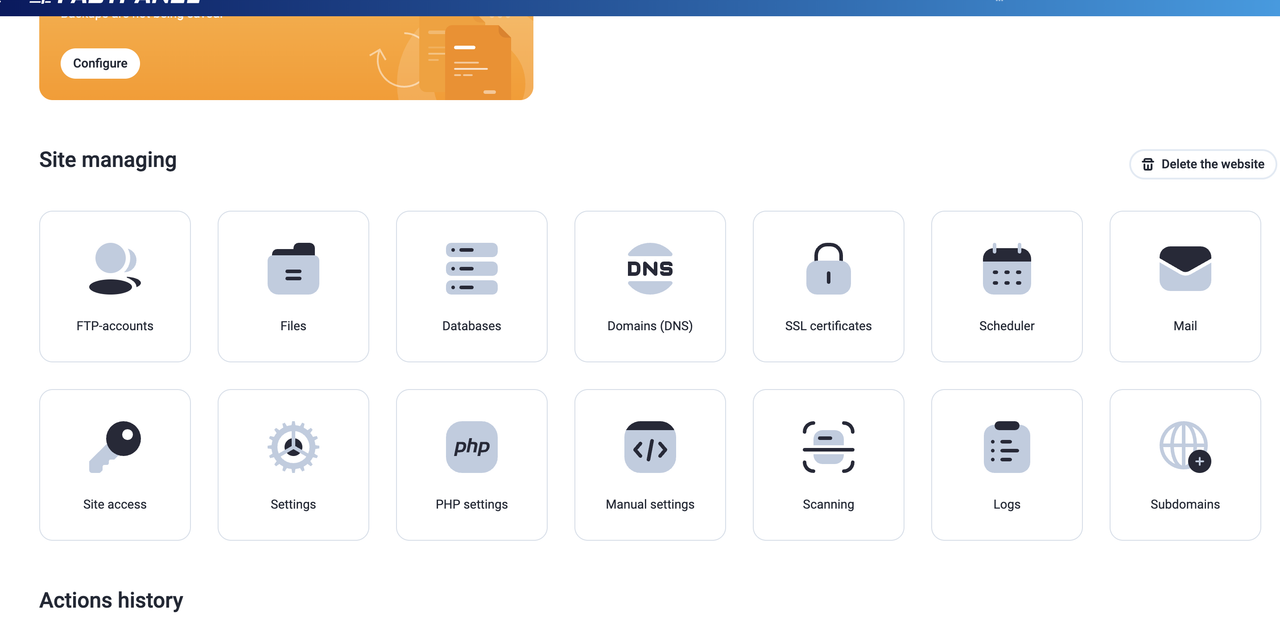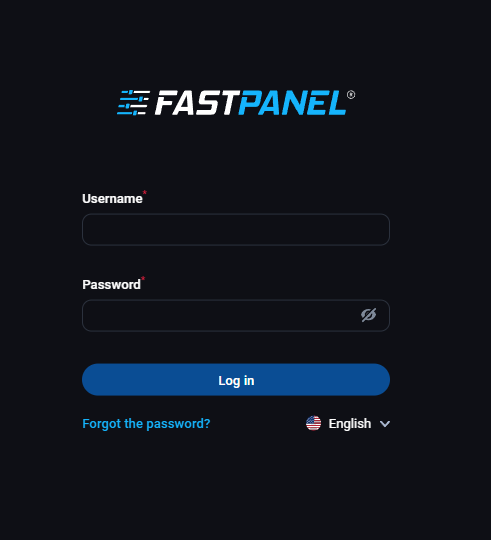12 December 2025
Advantage of SSD Disk
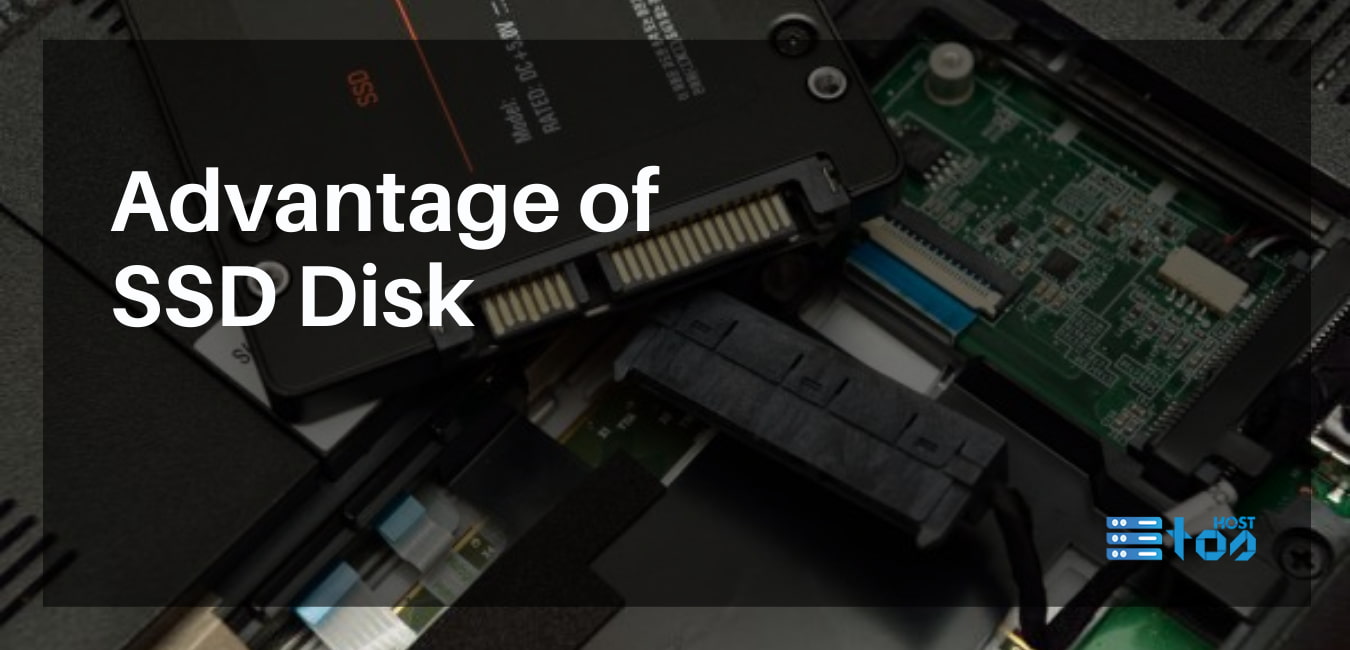
100% SSD:
In this digital era, many of us might be quite familiar with terms like SSD or SATA or NVME, etc. SSD or Solid State Drive technology fundamentally utilizes electronic protocols adaptable to conventional far slower block input/output(I/O) HDD’s (hard disk drives). The main characteristics of SSD technology are as follows:
- physical shockproof,
- silent runner, e., less sound or noise,
- quicker access time, e., the delay between an instruction given to an electronic system and completion of that instruction, and
- reduced latency, e., the delay before a data transfer starts.
New I/O protocols, such as SATA (Serial ATA) express and NVME (Non-Volatile Memory Express), have been invented to meet these certain requirements of the SSD technology. NVME is a logical transmission alloy designed especially for SSD’s. NVME SSD disks are five times faster than SATA SSD drives because it is characterized by lower latency. NVME permits host hardware and software to fully utilize the levels of parallelism attainable in latest SSD’s.
In Total Online Solution, all of our servers use NVME SSD disks with Raid (Redundant Array of Independent Disks)-10. Raid utilize several disk drives to ensure data security via parity or mirroring and distribute data over all the drives to permit any lacking unit to be reproduced associating with the others. More precisely Raid is a data storage method which has different levels from 1 to 9. Parity is the method of monitoring whether data has been written over or missing during data transmission between electronic devices. Mirroring or Raid-1 is the reproduction of data to more than one disks. Raid-10 or Raid 1+0 permits mirroring as well as striping. Striping allows breaking data into “chunks” which are written successively in different disks. So data can easily be retrieved from any disk at any time.
Related Blog Post
Create, collaborate, and turn your ideas into incredible products with the definitive platform for digital design.

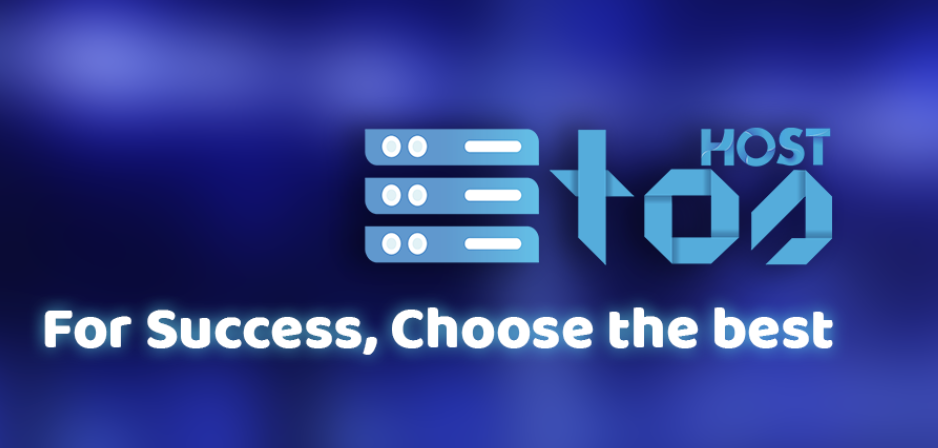
12 December 2025
SEO Roadmap: Server Infrastructure & Strategy Guide
Boost your 2026 rankings with our ultimate SEO guide. Learn how to optimize for AI agents using NVMe SSDs, LiteSpeed Cac
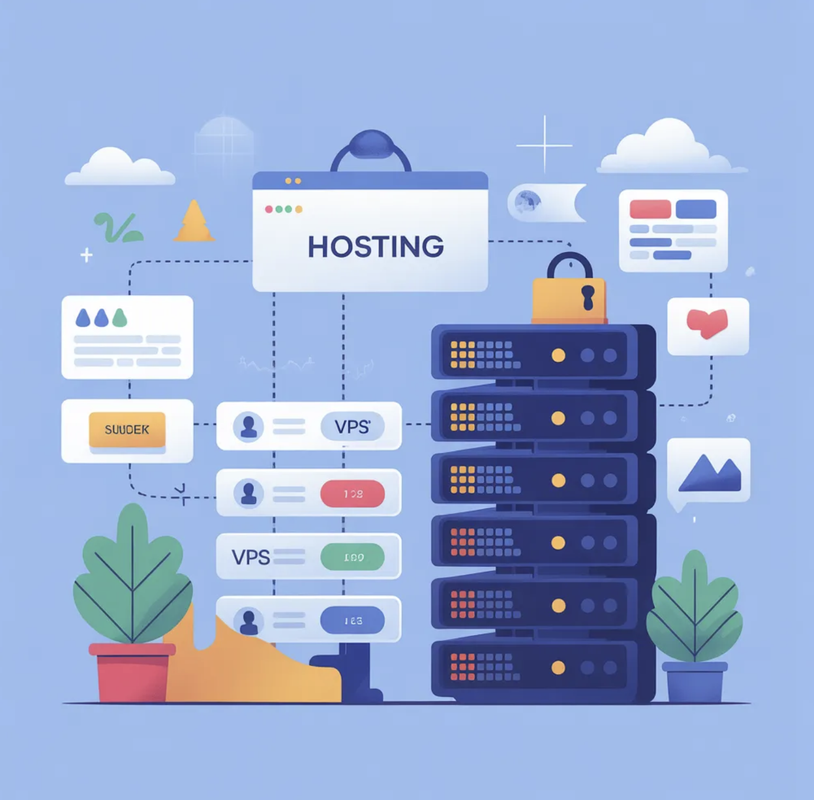
05 May 2025
The Unnoticed Significance of Your Web Hosting Provider affect
For website success you need a good hosting company who give you proper service. Toshost ensure your every needs fulfil.
